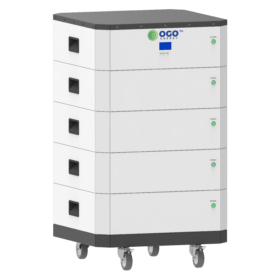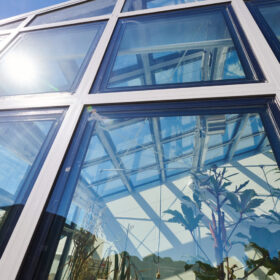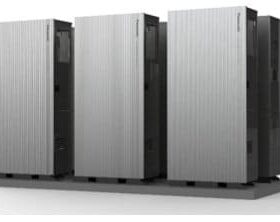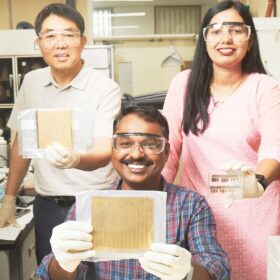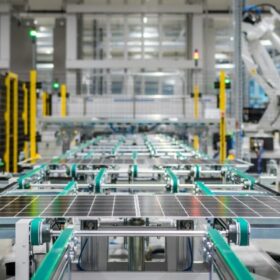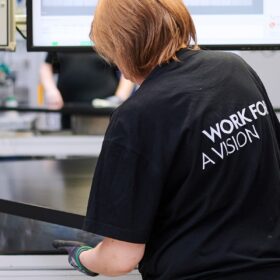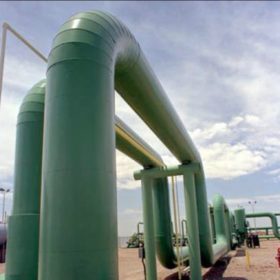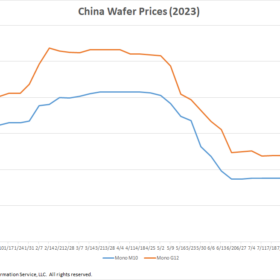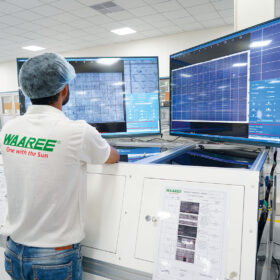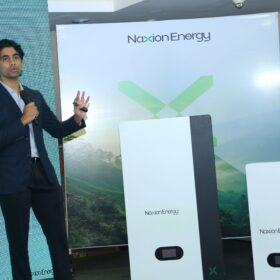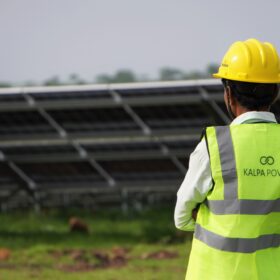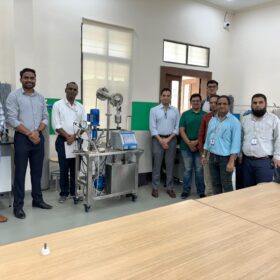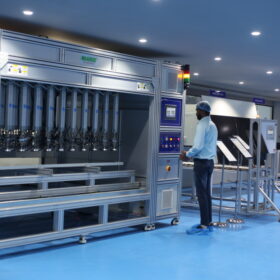OGO Energy launches residential battery storage solutions
India’s OGO Energy has launched battery energy storage systems with indigenously developed smart battery management system. These systems feature a modular design. Up to five battery modules of 5.12 kWh each can be combined to give a storage capacity of 25.6 kWh.
ClearVue releases results from first long-term study of clear solar glass
Perth-based ClearVue is making significant strides as its transparent solar windows demonstrate tangible outcomes following a two-year study and published paper.
The Hydrogen Stream: New way to make drug materials from hydrogen
UW–Madison has developed an environmentally friendly approach for producing essential drug ingredients by opting for hydrogen, while India has presented new green hydrogen standards.
All-inorganic phase heterojunction perovskite solar cell with 21.59% efficiency
An international research team has developed high-efficiency solar cells with a 21.59% efficiency rating by using an all-inorganic phase heterojunction approach. The team used an anti-solvent-free DHA method to produce high-quality, inorganic perovskite thin films, resulting in better device performance under ambient conditions.
Exide seeks land for additional 6 GWh lithium battery cell capacity
Exide Energy Solutions, which is building a 6 GWh lithium-ion cell manufacturing facility in Karnataka, has sought additional 40 acres of land for expansion to 12 GWh in the state.
Deployment trumps solar manufacturing in EU priorities
A lack of clear policy support, raw material dependency, and higher production costs are inhibiting the localization of European solar manufacturing, despite strong demand.
German consortium plans 5 GW vertically integrated solar module production
Heckert Solar, Wattkraft and Interfloat are planning to invest around €2 billion ($2.18 billion) in three different manufacturing facilities that will produce everything from polysilicon to solar modules.
Meyer Burger shifting focus to US market
Meyer Burger is now prioritizing the establishment of new module and cell production facilities in the United States, driven by favorable market conditions in the country.
The Hydrogen Stream: US awards $34 million to 19 hydrogen projects
As the US and British government press ahead with their hydrogen support projects, a team from Korea and the US has developed an iridium nanostructure catalyst, which decreased the amount of the chemical element. Meanwhile, hydrogen projects are proceeding in West Virginia, Denmark, Finland, and Japan.
China wafer prices extend gains for third week
In a new weekly update for pv magazine, OPIS, a Dow Jones company, provides a quick look at the main price trends in the global PV industry.
